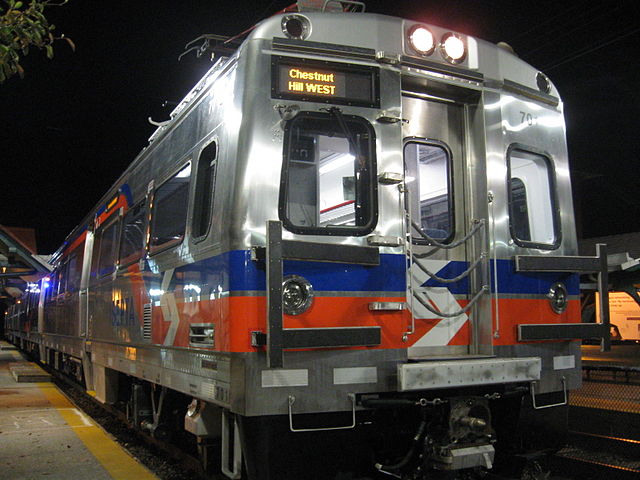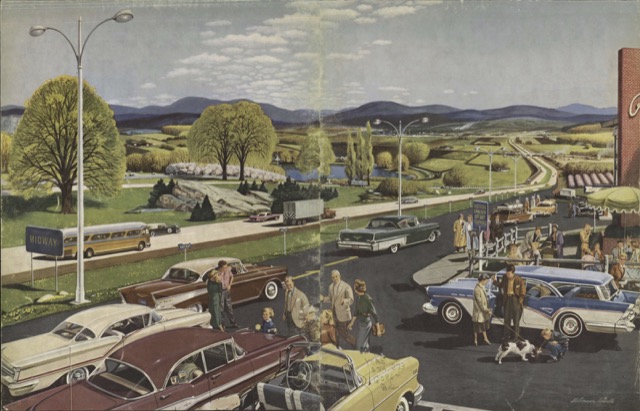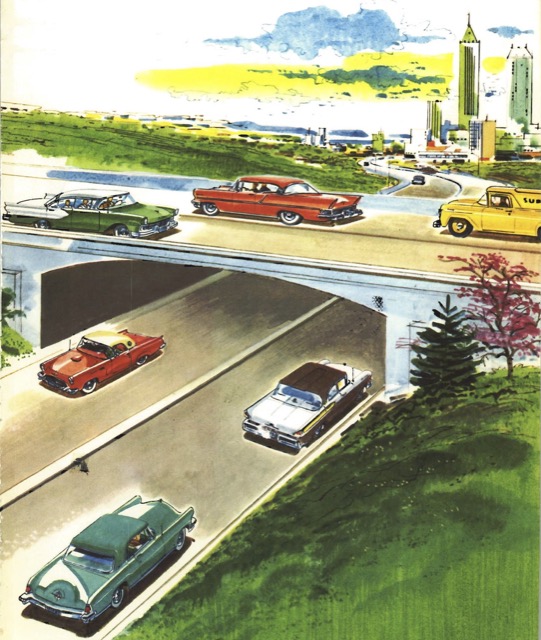America needs less democracy to avoid tyranny, says Andrew Sullivan in New York magazine. America “suffers from too much democracy,” agrees Richard Cohen in the Washington Post.
Anyone who supports Donald Trump is a traitor, writes Charles Pierce in Esquire. James Traub in Foreign Policy calls Trump and Brexit supporters “ignorance masses” and says it’s time for the “elites to rise up” against them, or at least to “un-delude them,” perhaps in re-education camps.
These elites act like crybabies who don’t get their way. They use bad names for anyone who disagrees with them. They say they know best and anyone who disagrees must not (as Traub puts it) “believe in reason, expertise, and the lessons of history.”










